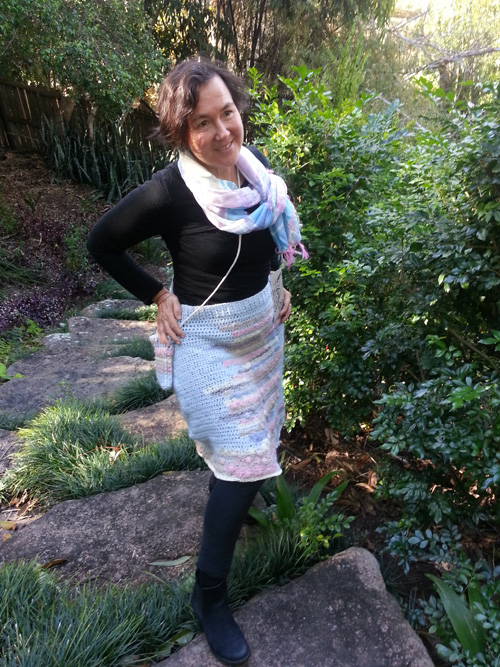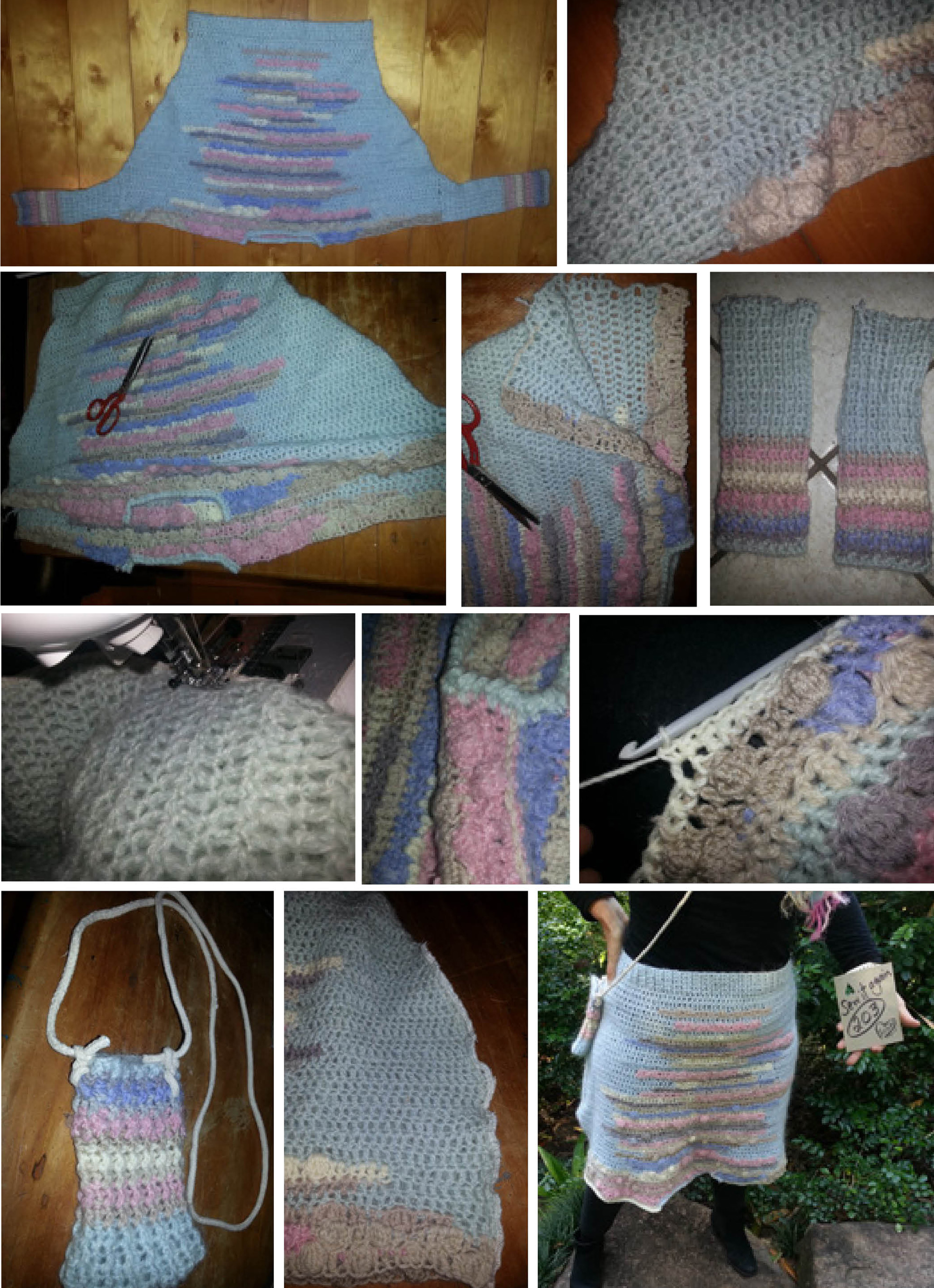 During the past decade there has been growing interest and awareness in where food comes from, how it is grown and what are its nutritional and sustainable values. We’re alive to fact that we are what we eat.
During the past decade there has been growing interest and awareness in where food comes from, how it is grown and what are its nutritional and sustainable values. We’re alive to fact that we are what we eat.
In a similar way, there now is growing interest in where clothes come from, who made them, what they are made of and whether they are ethical and sustainable – because we are what we wear.
Skin is our body’s largest organ, so the clothing we wrap it in influences feel, comfort and interactions by osmosis. Natural-fibre clothing free from contaminants and toxins must be best. The benefits of natural fibres are eloquently summarised by Wildfibres UK.
The beauty of reloved, upcycled, refashioned natural-fibre clothing is its sustainable, ethical and comfort values, and the reduced potential for any toxic impact because it has already been through the wringer (so to speak).
Interesting then that two-thirds of the global apparel trade is now synthetic fibres, artificially spun from petroleum products. Only one-third of fibres are made from natural resources such as cotton, linen, animal fibres (wool, cashmere and silk) or cellulose-based reconstituted fibres such as viscose, rayon, lyocell and bamboo. The diagram on page two of this FAO report shows trends between 1992 to 2010.
I always look at clothing labels to see what they are made from, and choose natural fibres unless there is a compelling reason to not do so (eg lycra, wind-breaker, wet-suit). Sometimes it is hard to know, as is the case with this hand-crocheted jumper from an op shop. I’ve done the flame test on theads – the fibres didn’t instantly combust and gave off a burning wool smell, so I am confident the garment is natural fibre (or mostly so).
Someone had put a lot of effort into crocheting this pastel-coloured jumper before discarding it, so I was happy to give it a second-life as Sew 203 by converting it into a skirt. It’s a great addition for my collection to take to Warwick this Friday for the Jumpers and Jazz Jumper to Skirt workshop at Abbey of the Roses. Love you to join us if you live in the area.
The jumper was shaped like an A-line skirt, so I unpicked the sleeves and the shoulder seams, before using the overlocker to trim and neaten the side-seams. I crocheted two rows to finish the new hem. Because of its existing shape, it does not need waist elastic for me (but discretely threaded hat elastic could easily gather the waistline if required). I created a phone bag from one of the sleeves by stitching the bottom, turning right-side out, then threading and knotting a piece of cotton rope as a strap.

Love this REfashion because of the texture and colours in the knit. And the styling is rad Sew it Again Jane – you rock REfash!!
from Karen at http://ruderecord.wordpress.com